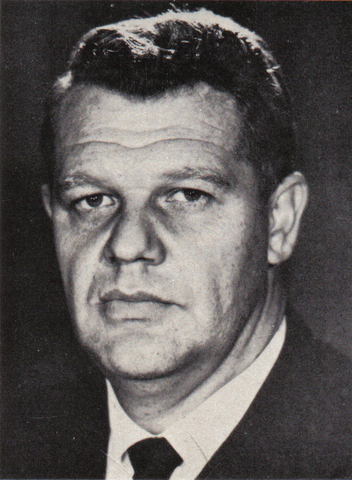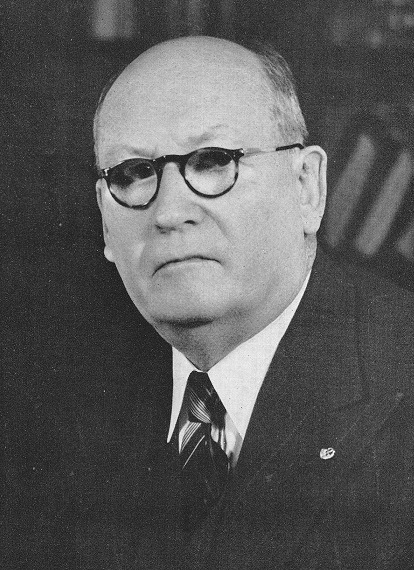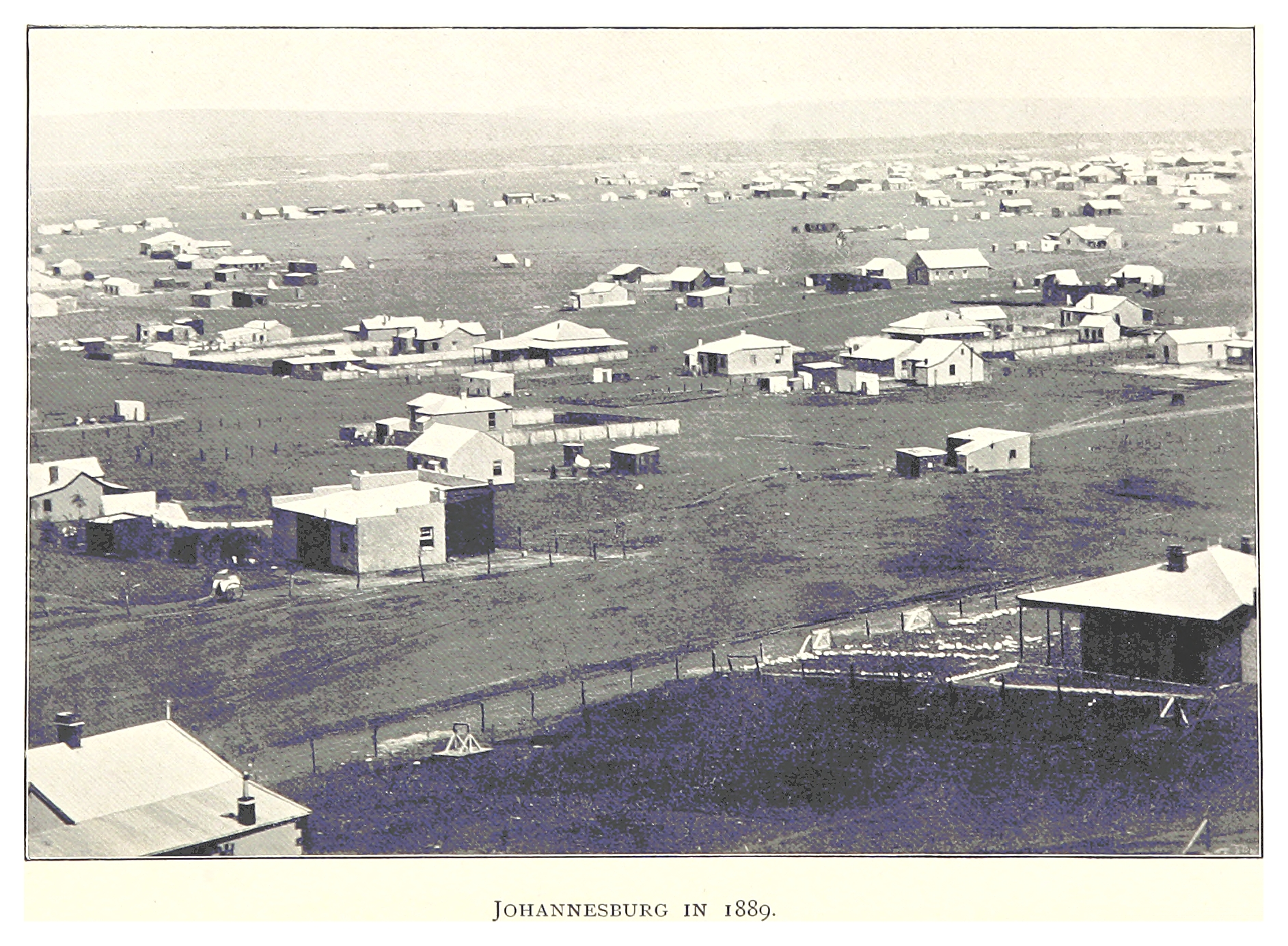|
Marais Viljoen
Marais Viljoen, (2 December 1915 – 4 January 2007) was the last ceremonial State President of South Africa from 4 June 1979 until 3 September 1984. Viljoen became the last of the ceremonial presidents of South Africa when he was succeeded in 1984 by Prime Minister P. W. Botha, who combined the offices into an executive state presidency. Early life Viljoen was the youngest of six children of Magdalena Debora "Lenie" (de Villiers) and Gabriel Francois Viljoen. He was married on 20 April 1940 to Dorothea Maria Brink (17 September 1917 – 5 October 2005), with whom he had one daughter Elizabeth Magdalena (Elna) Viljoen. After finishing school at Jan van Riebeeck High School in Cape Town, he went to work in the Post Office, and thereafter at the Afrikaans language newspaper, '' Die Transvaler'', edited by Hendrik Verwoerd, who later became prime minister. Early political career Viljoen was elected to the House of Assembly as MP for Alberton, near Johannesburg, as Presiden ... [...More Info...] [...Related Items...] OR: [Wikipedia] [Google] [Baidu] |
Decoration For Meritorious Services
The Decoration for Meritorious Services was an honour conferred until 1987 by the Government of the Republic of South Africa, usually for political services to the country. The appointments were made by the State President of South Africa. Postnominal letters The conferral of this honour entitles the holder to the use of 'DMS' (or ) after their name. It was superseded by the Order for Meritorious Service in 1986. Since 1 June 1994, this honour is classified as a Commonwealth of Nations, Commonwealth honour. Design A five-armed gold Maltese cross, displaying a golden protea flower on a blue roundel in the centre of a 5-pointed diamond-studded star, all superimposed on a multi-rayed silver and gold plaque (obverse). It is worn on a neck ribbon. Selected recipients References Civil awards and decorations of South Africa, 050 {{orders-medals-stub ... [...More Info...] [...Related Items...] OR: [Wikipedia] [Google] [Baidu] |
Hoërskool Jan Van Riebeeck
Hoërskool Jan van Riebieck is a public co-educational high school situated in Gardens in Cape Town in the Western Cape province of South Africa. With Afrikaans as its medium of instruction, it was founded by Mr J.J. Jordaan (the first principal) in 1926. Overview The school is situated at the foot of Table Mountain right next to the historical Welgemeend in Cape Town. It has an enrollment of approximately 500 pupils, who are divided into three houses: Reijger, Dromedaris and De Goede Hoop, named after the three ships that Jan van Riebeeck landed in Cape Town in 1652. The school uses Afrikaans as a medium of learning and teaching. Famous alumni includes the singer Laurika Rauch, struggle hero and minister, Derek Hanekom Derek Andre Hanekom (born 13 January 1953) is a South African retired politician, activist and former cabinet minister currently serving as the interim Chairman of South African Airways. He is currently serving as a presidential envoy for Sout ..., venture c ... [...More Info...] [...Related Items...] OR: [Wikipedia] [Google] [Baidu] |
Prime Minister Of South Africa
The prime minister of South Africa ( was the head of government in South Africa between 1910 and 1984. History of the office The position of Prime Minister was established in 1910, when the Union of South Africa was formed. He was appointed by the head of state—the Governor-General of the Union of South Africa, governor-general until 1961 and the State President of South Africa, state president after South Africa became a republic in 1961. In practice, he was the leader of the majority party or coalition in the House of Assembly of South Africa, House of Assembly. With few exceptions, the governor-general/state president was bound by convention to act on the prime minister's advice. Thus, the prime minister was the country's leading political figure and ''de facto'' chief executive, with powers similar to those of his Prime Minister of the United Kingdom, British counterpart. The first prime minister was Louis Botha, a former Boer general and war hero during the Second Boe ... [...More Info...] [...Related Items...] OR: [Wikipedia] [Google] [Baidu] |
Constitution Of South Africa, 1983
The Constitution of 1983 (formally the Republic of South Africa Constitution Act, 1983) was South Africa's third constitution. It replaced the republican constitution that had been adopted when South Africa became a republic in 1961 and was in force for ten years before it was superseded by the Interim Constitution on 27 April 1994, which in turn led to the current Constitution of South Africa, which has been in force since 1997. Background The creation of the 1983 constitution was spearheaded by then-Prime Minister P.W. Botha. It was approved by white voters in a referendum on 2 November 1983, in which 66.3% of ballots cast were in favour of the new constitution. Provisions Among the 1983 constitution's most controversial provisions was its establishment of the Tricameral Parliament, a legislative arrangement that would permit the Coloured and Indian race groups to be represented in parliament on a segregated basis, and the abolition of the office of Prime Minister in fa ... [...More Info...] [...Related Items...] OR: [Wikipedia] [Google] [Baidu] |
Governor-General Of The Union Of South Africa
The governor-general of the Union of South Africa (; ) was the highest state official in the Union of South Africa between 1910 and 1961. The Union of South Africa was founded as a self-governing Dominion of the British Empire in 1910 and the office of governor-general was established as the representative of the monarch of South Africa. Fifty-one years later, the country declared itself a republic and the office of governor-general was abolished.https://www.thepresidency.gov.za/history Some of the first holders of the post were members of the British royal family including Prince Arthur of Connaught between 1920 and 1924, and Alexander Cambridge, 1st Earl of Athlone, who served between 1924 and 1931, before becoming the governor general of Canada. As in other Dominions, this would change, and from 1943 onward only South Africans (in fact, only Afrikaners) held the office. The office was established by the South Africa Act 1909. Until the Balfour Declaration of 1926 the gove ... [...More Info...] [...Related Items...] OR: [Wikipedia] [Google] [Baidu] |
Muldergate Scandal
The Muldergate scandal, also known as the Information Scandal or Infogate, was a South African political scandal involving a secret propaganda campaign conducted by the apartheid Department of Information. It centred on revelations about the department's use of a multi-million rand secret slush fund, channelled from the defence budget, to fund an ambitious series of projects in publishing, media relations, public relations, lobbying, and diplomacy. Most ambitiously, the fund was used to establish a new pro-government newspaper, the ''Citizen'', and in attempts to purchase both the '' Rand Daily Mail'' and the '' Washington Star''. The projects, involving a total amount of at least $72 million (over $300 million in 2021 terms), aimed primarily to counter negative perceptions of the South African government in foreign countries, especially in the West. The scandal broke in 1977 and implicated the Prime Minister, B. J. Vorster. Also centrally involved in "Project Annemarie" were Esc ... [...More Info...] [...Related Items...] OR: [Wikipedia] [Google] [Baidu] |
Apartheid
Apartheid ( , especially South African English: , ; , ) was a system of institutionalised racial segregation that existed in South Africa and South West Africa (now Namibia) from 1948 to the early 1990s. It was characterised by an authoritarian political culture based on ''baasskap'' ( 'boss-ship' or 'boss-hood'), which ensured that South Africa was dominated politically, socially, and economically by the nation's minority White South Africans, white population. Under this minoritarianism, minoritarian system, white citizens held the highest status, followed by Indian South Africans, Indians, Coloureds and Ethnic groups in South Africa#Black South Africans, black Africans, in that order. The economic legacy and social effects of apartheid continue to the present day, particularly Inequality in post-apartheid South Africa, inequality. Broadly speaking, apartheid was delineated into ''petty apartheid'', which entailed the segregation of public facilities and social ev ... [...More Info...] [...Related Items...] OR: [Wikipedia] [Google] [Baidu] |
Johannesburg
Johannesburg ( , , ; Zulu language, Zulu and Xhosa language, Xhosa: eGoli ) (colloquially known as Jozi, Joburg, Jo'burg or "The City of Gold") is the most populous city in South Africa. With 5,538,596 people in the City of Johannesburg alone and over 14.8 million in the urban agglomeration, it is classified as a Megacity#List of megacities, megacity and List of urban areas by population, one of the 100 largest urban areas in the world. Johannesburg is the provinces of South Africa, provincial capital of Gauteng, the wealthiest province in South Africa, and seat of the country's highest court, the Constitutional Court of South Africa, Constitutional Court. The city is located within the mineral-rich Witwatersrand hills, the epicentre of the international mineral and gold trade. The richest city in Africa by GDP and private wealth, Johannesburg functions as the economic capital of South Africa and is home to the continent's largest stock exchange, the Johannesburg Stock Exchang ... [...More Info...] [...Related Items...] OR: [Wikipedia] [Google] [Baidu] |
Alberton, Gauteng
Alberton is a town situated on the southern part of the East Rand of the Gauteng Province in South Africa and is situated very close to the major urban centre of Johannesburg. Alberton is described as a typical suburban community, one which is primarily residential in character, with most of its workers commuting to work in nearby suburbs or cities such as Johannesburg and Germiston. History In the early 1840s, the Voortrekkers Johan Georg (Org) Meyer and Hester Catharina Elizabeth (née Mulder) arrived in the Transvaal after moving from their home in Prince Albert, in what was then the Cape Colony. Org sourced land and selected three farms, namely Klipriviersberg, Elandsfontein and Swartkoppies. In 1856, Johannes Petrus Meyer (better known as Jan Meyer) acquired of his father's Elandsfontein farm and built a house next to the Natalspruit, close to where the civic centre stands today. In 1890, he built a new farmhouse mansion on the opposite end of the farm that was miraculousl ... [...More Info...] [...Related Items...] OR: [Wikipedia] [Google] [Baidu] |
House Of Assembly Of South Africa
A house is a single-unit residential building. It may range in complexity from a rudimentary hut to a complex structure of wood, masonry, concrete or other material, outfitted with plumbing, electrical, and heating, ventilation, and air conditioning systems.Schoenauer, Norbert (2000). ''6,000 Years of Housing'' (rev. ed.) (New York: W.W. Norton & Company). Houses use a range of different roofing systems to keep precipitation such as rain from getting into the dwelling space. Houses generally have doors or locks to secure the dwelling space and protect its inhabitants and contents from burglars or other trespassers. Most conventional modern houses in Western cultures will contain one or more bedrooms and bathrooms, a kitchen or cooking area, and a living room. A house may have a separate dining room, or the eating area may be integrated into the kitchen or another room. Some large houses in North America have a recreation room. In traditional agriculture-oriented societi ... [...More Info...] [...Related Items...] OR: [Wikipedia] [Google] [Baidu] |
Hendrik Verwoerd
Hendrik Frensch Verwoerd (; 8 September 1901 – 6 September 1966), also known as H. F. Verwoerd, was a Dutch-born South African politician, scholar in applied psychology, philosophy, and sociology, and newspaper editor who was Prime Minister of South Africa from 1958 until his assassination in 1966. He is commonly regarded as the architect of apartheid and nicknamed the "father of apartheid". Verwoerd played a significant role in socially engineering apartheid, the country's system of institutionalized racial segregation and white supremacy, and implementing its policies, as Minister of Native Affairs (1950–1958) and then as prime minister (1958–1966). Furthermore, Verwoerd played a vital role in helping the far-right National Party come to power in 1948, serving as their political strategist and propagandist, becoming party leader upon his premiership. He was the Union of South Africa's last prime minister, from 1958 to 1961, when he proclaimed the founding of th ... [...More Info...] [...Related Items...] OR: [Wikipedia] [Google] [Baidu] |







